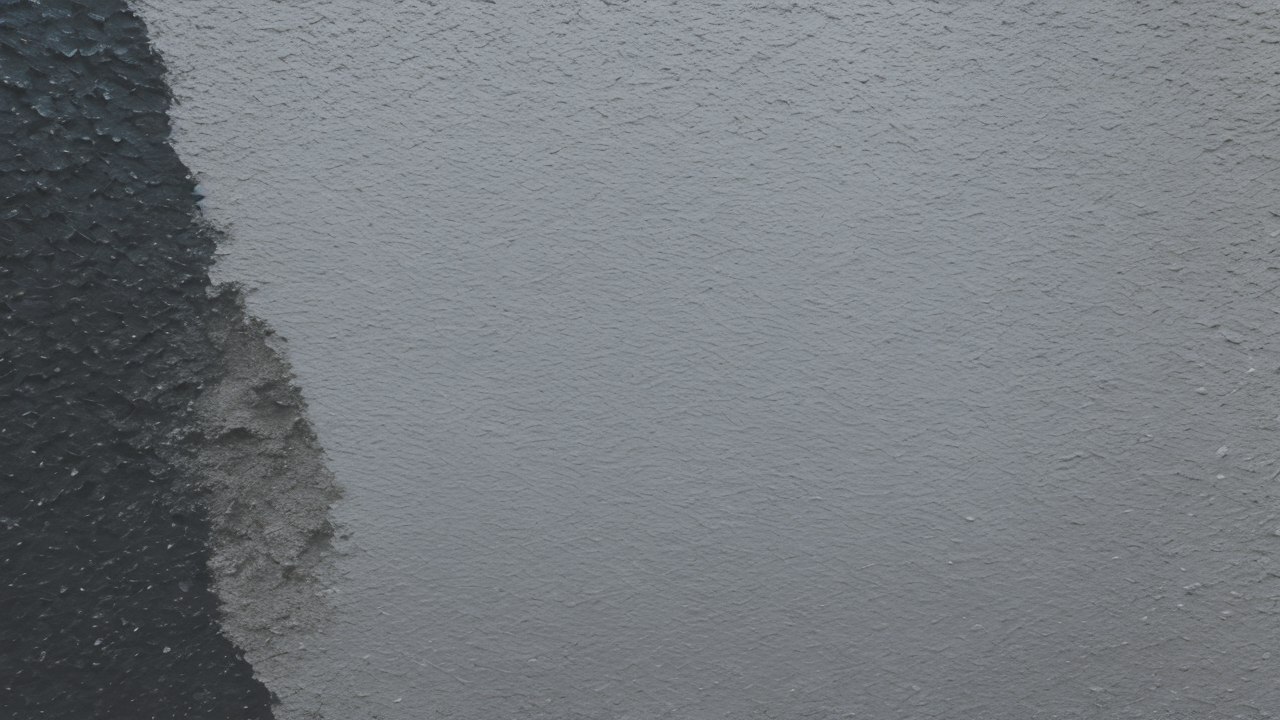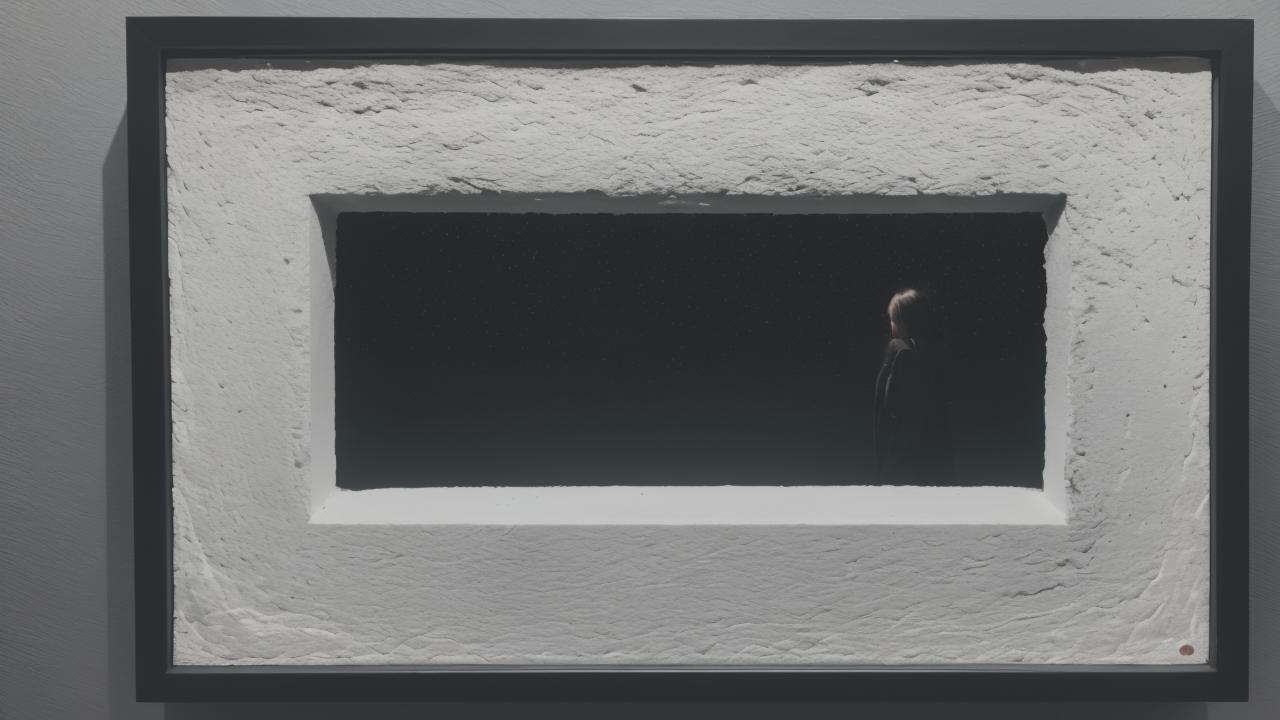
Transforming Spaces: How to Integrate Textured Plaster and Abstract Wall Art in Modern Interiors
The Role of Texture Plaster in Creative Art
Understanding Texture Plaster Materials
Texture plaster is a versatile medium that artists use to add depth to their work. It's made from a mix of gypsum, lime, and other additives. This blend creates a moldable substance that can be shaped and sculpted. Texture plaster comes in various forms, from smooth to coarse. Each type offers different possibilities for creating textures. Some plasters dry quickly, while others take longer to set. This gives artists flexibility in their working time. The material can be tinted or painted over once it's dry. Texture plaster works well on many surfaces, including canvas, wood, and walls. Artists can apply it with tools like spatulas, brushes, or even their hands. The material's adaptability makes it popular among creative professionals.

Advantages of Using Texture Plaster for Art
Texture plaster offers many benefits to artists. It adds a tactile element that flat paint alone can't achieve. This 3D quality makes artwork more engaging and interactive. The material is durable, which helps protect art pieces over time. It's also relatively affordable, making it accessible to artists at all levels. Texture plaster can create subtle or dramatic effects. It's great for adding visual interest to backgrounds or focal points. The material can mimic various surfaces, from rough stone to smooth fabric. It allows artists to play with light and shadow in unique ways. Texture plaster also blends well with other mediums, expanding creative possibilities. It's an excellent tool for artists looking to push boundaries and explore new techniques in their work.
Innovative Techniques for Applying Texture Plaster
Spray-on Applications for Immersive Art
Spray-on texture plaster is changing how artists create large-scale works. This method allows for quick coverage of big areas. Artists use special spray guns to apply the plaster evenly. The result can be a consistent texture or varied patterns. Some artists use this technique to create realistic landscapes. Others make abstract backgrounds that draw viewers in. Spray-on plaster works well for murals and installation art. It can transform plain walls into dynamic, textured surfaces. This method is useful for both indoor and outdoor projects. It combines speed with artistic control. Many artists appreciate how it lets them work on a grand scale. Spray-on applications open up new possibilities for immersive, textured art experiences.

Blending Texture Plaster with Other Mediums
Mixing texture plaster with other art materials creates exciting effects. Many artists combine it with acrylic paints for colorful, textured pieces. Some add sand or small objects for extra visual interest. Embedding items into the plaster makes unique, mixed-media artworks. Layering thin washes of paint over dried plaster can highlight its texture. Some use stencils with texture plaster to create patterns. Others carve into partially dried plaster for detailed designs. This blending encourages experimentation in art. It allows artists to create truly one-of-a-kind pieces. The mix of smooth and rough, color and texture, offers endless creative options. Artists can build up layers for depth or keep things simple and bold. This versatility makes texture plaster a favorite in mixed-media art.
Texture Plaster in the Professional Art World
Case Studies: Artists Using Texture Plaster
Many professional artists have embraced texture plaster in their work. Jane Doe creates abstract landscapes with layers of tinted plaster. She builds depth and movement in her large-scale pieces. John Smith, a sculptor, uses texture plaster for fine details on his works. He appreciates how it allows for both broad strokes and delicate touches. Maria Garcia blends texture plaster with photography in her mixed-media portraits. She applies plaster over printed images to add a tactile element. Tom Brown uses spray-on plaster for his immersive installations. He transforms entire rooms into textured environments. Sarah Lee combines texture plaster with found objects in her art. Her pieces tell stories through texture and embedded items. These artists show the versatility of texture plaster across different styles. Their work inspires others to explore this material in new and exciting ways.

Enhancing Art Sales with Textured Masterpieces
Texture plaster can significantly boost the appeal and value of artwork. Collectors are often drawn to pieces with unique textures and depth. These works stand out in galleries and online marketplaces. The tactile nature of textured art creates a strong emotional connection with viewers. This can lead to higher sales and increased interest from art buyers. Textured pieces are often more durable, which appeals to collectors seeking long-lasting art. Artists using texture plaster may be able to command higher prices for their work. The unique qualities make the art more memorable and desirable. This can help build an artist's brand and loyal customer base. Galleries report that textured pieces often draw more attention in exhibitions. They can become focal points that attract viewers and potential buyers. As the art world evolves, texture plaster remains a valuable tool for creating standout pieces.


